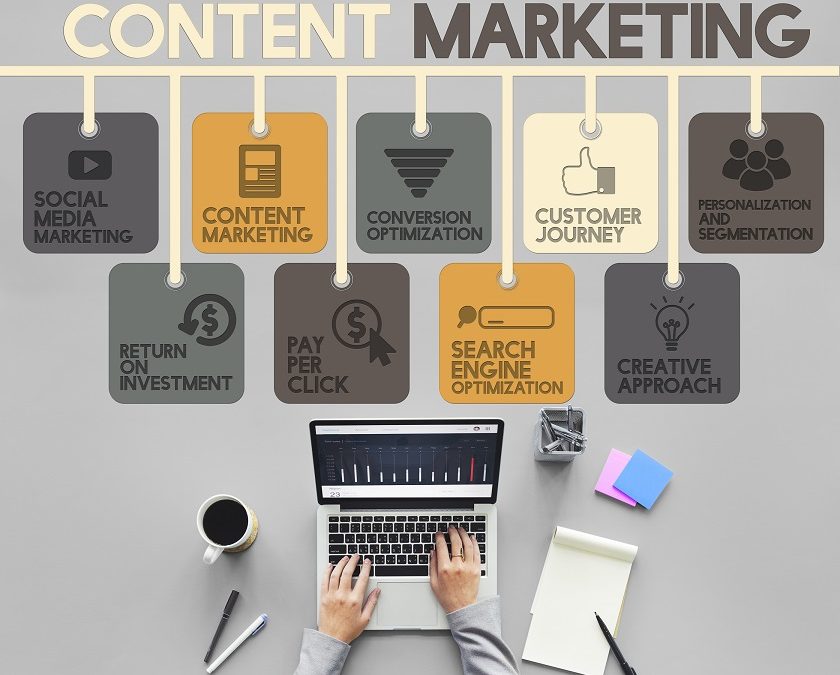As consumers we are inundated with sales pitches and information about why we should buy a certain service or product on a frequent basis. When we add in digital and social marketing it can feel almost nonstop and invasive. I personally am a hard sell skeptic, and when a salesperson or an ad comes at me aggressively with big promises, I’m more likely to say, “Nope,” and turn the channel, close the browser, or walk away.
How then, do marketers get through to consumers like me? The hard sells, the ones who have “heard it all and seen it all.” This is where content marketing comes into play. And not just any content marketing, good content marketing.
So what exactly is content marketing? Content marketing is a strategic approach to reaching consumers or customers with a focus on creating and distributing valuable, consistent, and relevant content. This content is meant to attract and keep a clearly defined audience – one that will buy your product or service. This type of marketing avoids the pitch and provides useful content to your targeted audience that can truly help them – and not just by selling your product or service, though that is the end goal.
Before we get into what good content marketing is, it’s important to take a quick look at the buying cycle. I’ve seen the cycle as small as three steps and as long as seven steps. I think it’s easiest to boil it down to four: awareness, research, selection, and purchase. In step one, we are aware we have a need or problem. In step two, we research how to fix this problem or fulfill the need. Step three, selection, is where we develop our preferences for one vendor or solution. And finally, step four, we make our purchase of product or service.
With traditional advertising and marketing, we focus on selection and the final step, purchase. For content marketing, it’s all about awareness and research. We hit the consumer before they even get to consideration.
For good content marketing, instead of telling your customer what they need, you offer them valuable information to help them meet their needs. That’s the difference!
Content marketing strategy should come before all other strategies. Your social media strategy, SEO strategy, and PR strategy should all come after you’ve decided on what that content and its message will be. If your customers look forward to seeing your marketing, then you know you’ve done it right.
Examples of content marketing can include infographics, webpages, podcasts, videos, and books. Each of these mediums offer a way to reach your audience in more powerful ways. YouTube channels are great examples of content marketing through the use of videos. My personal favorite is the infographic. People love visuals and see these images as a way to learn, not be sold.
One of the best examples of a brand excelling at content marketing is the beverage giant, Coca-Cola. In both their Coca-Cola Journey and Share a Coke campaigns they engaged consumers in ways that were more than just “selling.” They created personalization in the Share a Coke campaign. Admit it, you looked for your name. And sometimes you bought a Coke if you saw your friend’s name. In their Coca-Cola Journey campaign they gave consumers a sense of nostalgia and an added touch of engagement through the use of old, yet very popular ads, and unbranded articles.
Another great example is Blue Apron. By now, Blue Apron is a well-known meal kit delivery service. They got there through the use of great content, which included explaining how it worked but also offering tips about how to reduce food waste and how to pair wine with your meals.
The brands and services that are thriving right now all have one thing in common – good content marketing. It takes time to develop a content marketing strategy and put it into place but as we’ve seen from those who do it effectively, the payoff is well worth it!

